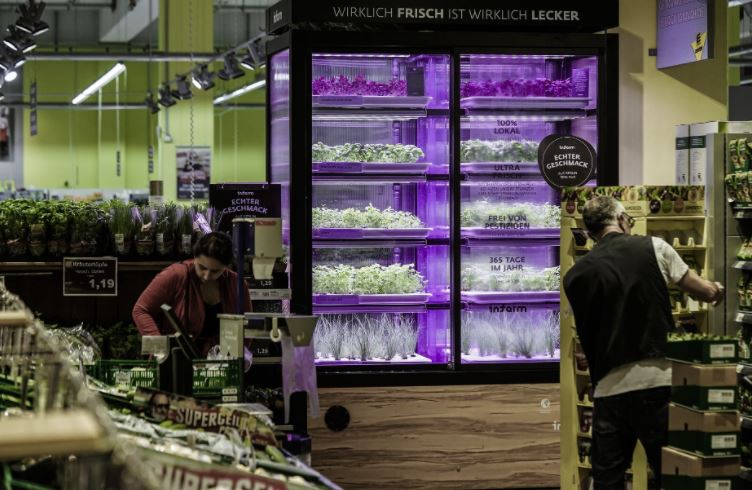-
Phone Number
-
Email Address
When you think about where vegetables come from, immediately you have in your head that farmer with hands stocky spending all day in the field. In truth, the agriculture is turning around care from the perspective technical and technological.
Those vegetables we buy in supermarkets – in their majority – are produced by a farmer who has a tablet connect to the internet and knows more about handling technology than ourselves.
But among all the technological revolutions that are changing traditional agriculture and the way of working the orchard, the Farmscrapers , that is, the vertical farms , is the technique that with more forcefulness can change the way of understanding the field.
And today, we have the most representative news; Denmark will produce 1,000 tons of vegetables a year with vertical farming techniques .

A new vertical farm is being built just outside of Copenhagen inside a building with almost 7,000 square meters . And besides, it will work solely with renewable wind energy (See articles on why solar panels work so well with crops).
What's more, not only will a huge amount of vegetables in Denmark. According to the reference article published in Fast Company… “If the approach is correct, it is possible to drastically reduce the imports of vegetables from Spain, Italy or even from Kenya» .

Obviously, and although this is the first installation in Europe to grow vegetables and vegetables in buildings of large dimensions. We are before the first brick that can change the famous phrase "Europe's garden is in Spain».
The facility will use the hydroponics technique: technology that grows food with little water, and does not require the use of pesticides, adding more value to some vegetables and "healthier" vegetables.
And, although we don't realize it, we are facing a similar approach to food from Kilometro 0 and seasonal, for those countries that cannot produce some certain vegetables , with tangible benefits against climate change.
In addition, controlling the growth of the vegetables inside a building implies other advantages ; from being able to control the conditions environmental conditions (temperature, humidity, etc.) to fewer possible pests (plants are in a controlled environment) and fewer operators – farmers running the farm.

But... Are they all advantages? Initially and According to some experts, vegetables and greens are not has the same quality, and business is not always profitable (you have to take into account the costs of maintenance, technological and the need for lighting semi artificial, they are elevated).
While I suppose this is all a moot point, I do It is necessary to describe that this farm in Denmark is being built by Nordic Harvest (Denmark company) and by YesHealth Group, an Asian technological benchmark in the construction of vertical farms.
And if we focus on the international scene in search of the largest vertical farm in the world ….
The company Crop One Holdings of the United States, is working with Emirat Flight Catering to build the world's largest vertical farm in Dubai , with an area of about 12,000 square meters.
And it is not only related to vertical agriculture in buildings of great dimensions. There is also the "vertical garden" for supermarkets, in the style of an urban home garden, but inside a food supermarket to be able to buy and consume the freshest vegetables and greens.

The above image is of a supermarket in Germany that tested a vertical farming system with the help of of the company INFARM, specialized in technology for produce fresh vegetables on their own supermarket .
According to Ray Kurzweil, Director of Engineering at Google, “This This year will be the decade of the vertical agricultural revolution. We are facing a radical revolution in the sector of the agriculture, we don't know! But what we do recognize sure, is that the small farmer will be the most harmed.
If you liked the article, rate it and share!